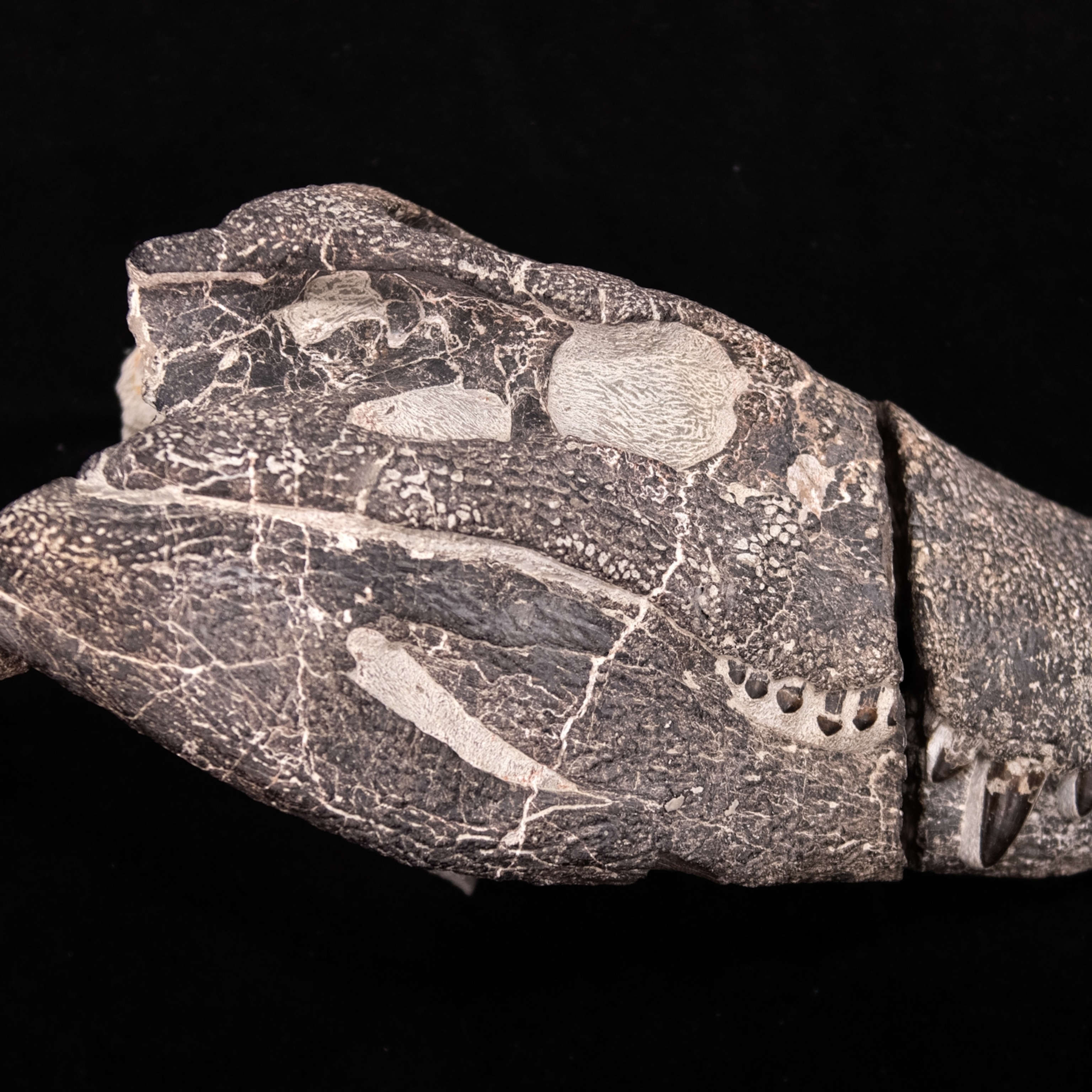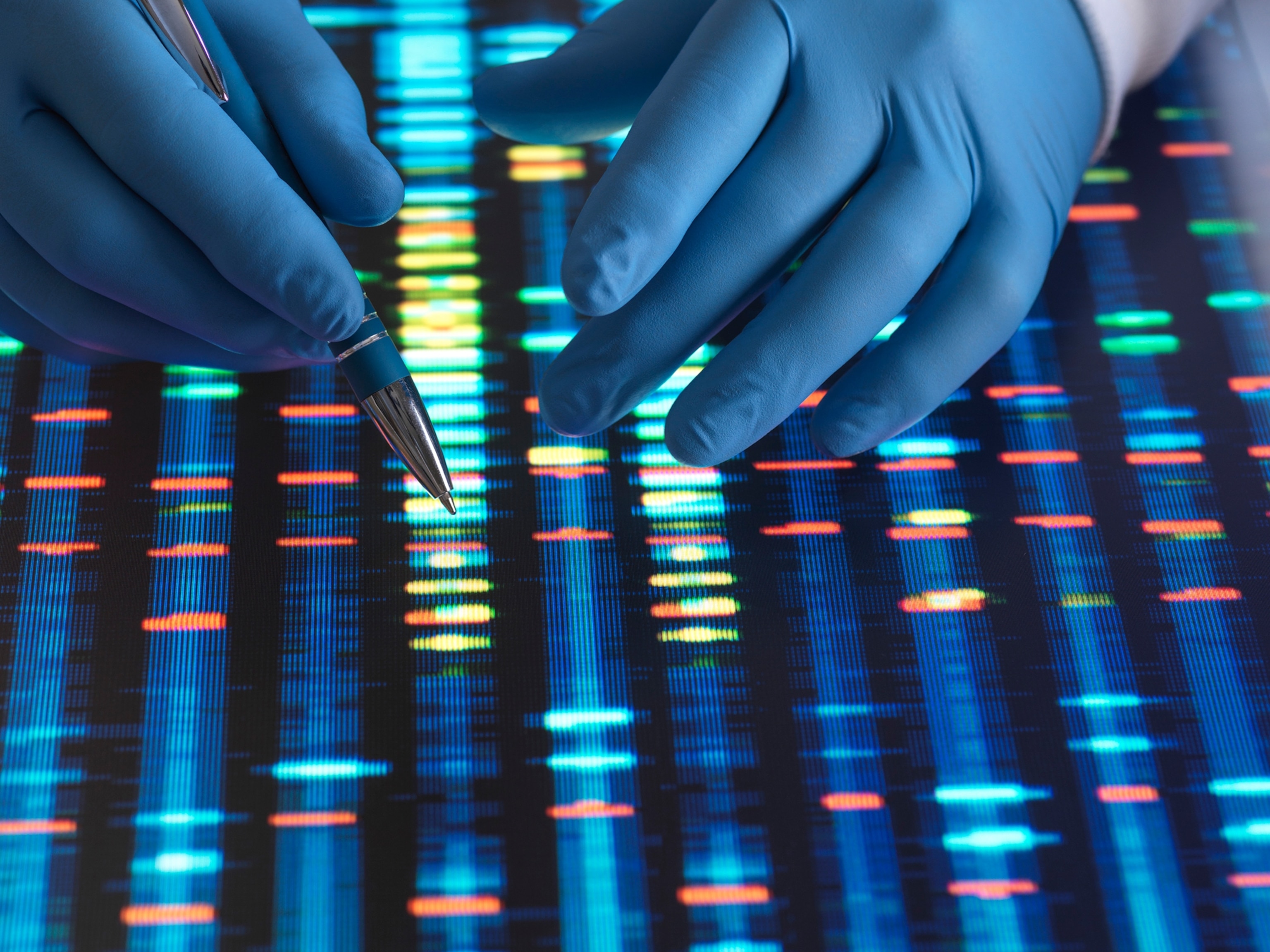Should we edit the human germline?
Genome editing is as consequential as it is controversial. Scientists are exploring the possibility of altering genes that cause specific diseases. But even if we can do it, the question is: should we?
Genome editing is as consequential as it is controversial. The ability to modify a person’s genes to add or remove particular physical traits is moving from science fiction to science fact: already scientists are exploring the possibility of altering genes that cause specific diseases and editing human embryos to eliminate genetic mutations that cause some conditions. But even if we can do it, the question is: should we?
It is important to distinguish between two different types of genome editing: somatic and germline. Somatic cells make up most of our bodies, including our skin, hair, blood, and organs. Changes made to somatic cells affect that person’s body alone—they are not hereditary. In contrast, germline cells are reproductive cells that can create embryos. This means that any alterations made to them will be passed from parent to child—affecting all future generations.
Germline genome editing (GGE) is one of the most contentious topics in modern medicine. Here are the main arguments for and against its use.
Five arguments for germline genome editing
Immediacy
Through GGE we can treat some genetic conditions that are beyond the current ability of traditional medicines, such as Alzheimer’s disease, muscular dystrophy, and cystic fibrosis. It may take decades to develop traditional medicines to manage these conditions, while genome editing offers a more immediate solution, as we may soon have the technology to identify and remove the gene mutations that cause diseases.
Permanence
GGE could entirely and permanently eradicate some serious conditions that cause suffering for millions of people, and will otherwise cause suffering for millions more in the future. Inherited diseases, such as Huntington’s and Tay-Sachs, could be eliminated not only from a family line but from all humankind, consigning to history some of the most horrible afflictions that can befall us.
Regulation
As with all areas of medicine, strict policies and regulations will be agreed and enforced to govern the use of GGE. Patient safety remains paramount, and the potential benefits of the treatment must be proven to outweigh the potential dangers before it is used. Almost all pro-GGE scientists agree that much more research and testing is needed to guarantee its safe and effective use.
Progress
GGE is the next big advance in medicine’s effort to overcome some of the unfavorable aspects of life. We have learned to vaccinate against disease, use antibiotics to kill bacteria, develop antiviral medicines to attack viruses, and destroy cancerous cells with radiation. GGE eliminates a disease by removing or replacing the mutation that causes it—essentially correcting a defect of nature.
Certainty
In pregnancy, GGE could make parents more confident they’ll have a healthier baby by removing the risk of some genetic diseases. This is an extension of the already unprecedented control parents have over their children’s genes through prenatal screening and preimplantation genetic diagnostics. GGE would also give a person the certainty that they will not suffer from a disease which their genes would otherwise make them likely to develop—a life-changing assurance.
Five arguments against germline genome editing
Consent
A crucial element of any clinical procedure is informed consent—ensuring that the patient fully understands the risks of a treatment. GGE is so new, complex, and uncertain that we cannot adequately inform prospective patients of the risks to them or future generations. This raises the deeper question of whether we have the right to deliberately, permanently, and irrevocably change the human genome without universal consensus.
Uncertainty
The human genome is an extremely complex ecosystem that we don’t fully understand, so we cannot absolutely predict the impact editing a gene will have. Sometimes multiple genes interact to perform a function, and it’s possible that a single edit could affect many other genes. Nor can we completely guarantee the accuracy of genome editing, so there is always the risk of making unintended changes with unforeseen consequences.
Permanence
If a change is ade in a germline cell, we cannot reverse it. That change will inexorably pass from parent to child through the generations and will spread between families, communities, and countries to become part of humankind forever. As the entire effects of a genetic modification may not become apparent for years, decades, or even generations, permanently altering the human genome is too big a risk to take.
Eugenics
Once we start altering genes, where do we draw the line? Theoretically, GGE could be used for the enhancement of so-called designer babies by manipulating the genes that control qualities such as eye color, height, athleticism, and memory. Parents may feel pressured to pay for improvements to their children with significant social consequences, even calling into question what it is to be human.
Social
The cost of gene editing means that it can’t be applied evenly across society or around the world, leading to a two-tier system of health care and humanity. Richer families and nations could edit out imperfections, but it would prove prohibitively expensive for some social groups and even entire populations of developing countries. Such stratification could extend to the conditions being treated, with the prioritization of diseases in the developed world exacerbating divisions with the developing world.
There is a balanced argument for and against genome editing. However, as scientists continue to conduct more research into the effects of editing genes, only time will tell how far we should take this in the future.
We asked some big questions about living a better life. Discover more about how we can overcome the world’s biggest challenges at natgeo.com/questionsforabetterlife








